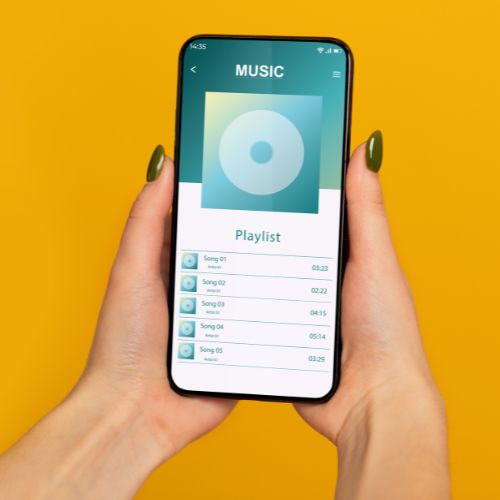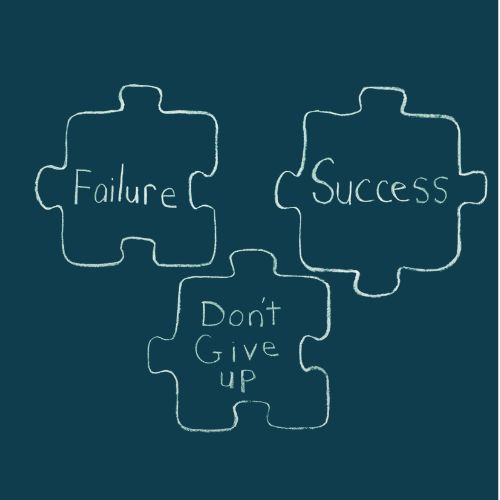
How to Create Your Own Music Playlist Like a Pro
A great music playlist is like a personal soundtrack—it can set the mood for any occasion, from a relaxing evening at home to an energetic workout session. While many people simply throw together a random assortment of songs, crafting a playlist like a pro takes more thought and planning. The art of playlist curation goes beyond just picking your favorite tracks; it’s about creating a seamless flow of music that evokes emotion and keeps listeners engaged.
In this guide, we’ll walk you through the steps to create your own music playlist like a professional DJ or music curator. Whether you’re creating a playlist for yourself or sharing it with others, these tips will help you put together a polished, cohesive set of songs that feel intentional and well-crafted.
1. Define Your Playlist’s Purpose
Before you start selecting songs, think about the purpose of your playlist. Are you creating it for a specific event or mood? Playlists can serve different purposes, such as:
- Workout Playlist: High-energy tracks to keep you motivated.
- Study Playlist: Relaxing, non-distracting background music.
- Party Playlist: Upbeat songs that will get people dancing.
- Road Trip Playlist: Fun, sing-along tracks for the long drive.
By defining your playlist’s goal, you’ll have a clear direction for choosing the right songs. The vibe you’re trying to create will dictate the genre, tempo, and mood of the music.
2. Choose a Theme or Genre
Once you know the purpose of your playlist, it’s helpful to choose a theme or genre to guide your song selections. A themed playlist can have a stronger, more cohesive feel, keeping listeners engaged from start to finish. Some examples of playlist themes include:
- ’90s Throwback: A nostalgic collection of hits from the 1990s.
- Chill Acoustic Vibes: Relaxing acoustic songs perfect for unwinding.
- Pop Hits of 2024: A collection of the year’s top pop singles.
- Indie Gems: Lesser-known indie tracks for discovering new music.
Sticking to a theme helps ensure that all the songs in your playlist complement each other, enhancing the overall listening experience.
3. Start with a Strong Opener
Just like an album, a great playlist needs a strong opening track to hook the listener. The first song sets the tone for the entire playlist, so choose something that aligns with your theme and grabs attention right away. For example, if you’re creating a workout playlist, you might start with an upbeat, high-energy song that immediately gets the heart pumping.
Think of the first track as the playlist’s “introduction”—it should invite listeners in and make them want to keep listening.
4. Create a Natural Flow
The key to a well-curated playlist is how the songs flow together. This is where professional playlist curators excel—they don’t just throw songs together randomly. Instead, they think about transitions between songs, ensuring that one track flows smoothly into the next.
To create a natural flow:
- Pay attention to tempo: If one song is slow and mellow, don’t follow it with a fast, high-energy track. Gradually increase or decrease the tempo to avoid jarring transitions.
- Match key and mood: Songs in similar musical keys or with similar moods will blend better.
- Vary the energy levels: Keep listeners engaged by alternating between high-energy and more relaxed songs. This creates a dynamic experience without being too repetitive.
5. Consider Song Length and Variety
When building your playlist, aim for variety—not just in artists and genres, but also in song length. If every track is the same length or has a similar sound, the playlist can start to feel monotonous. A mix of shorter, punchy songs and longer, more complex tracks can add interest and keep listeners on their toes.
For example, you might follow a short, upbeat song with a longer, slower ballad. This contrast creates a sense of ebb and flow, making your playlist more engaging.
6. Curate the Perfect Mid-Point
The middle section of your playlist is just as important as the beginning and the end. This is where listeners might start to lose interest if the energy drops too much or if the playlist becomes too predictable. To keep the momentum going, carefully curate the midpoint with some of your strongest tracks.
Consider including a few fan favorites or songs that are emotionally impactful in this section. A well-placed hit can re-engage listeners and keep them invested in the playlist until the end.
7. End with a Memorable Track
The final song on your playlist should leave a lasting impression. Whether you choose a slow, emotional track to wind things down or an energetic anthem to close on a high note, the last song should feel like a conclusion to the musical journey you’ve created.
Much like the opening track, the final song should be chosen carefully, as it’s the one listeners will remember most.
8. Keep It Fresh with Regular Updates
A professional playlist curator doesn’t just create a playlist and leave it. They regularly update it with new tracks to keep things fresh and relevant. If your playlist is designed for regular listening—like a workout or study playlist—consider adding new songs or swapping out older ones to keep listeners engaged.
Stay up to date with the latest music releases and discover new artists or songs that fit your playlist’s theme. This will keep your playlist feeling current and exciting.
9. Use Streaming Platforms’ Tools
Many music streaming platforms like Spotify, Apple Music, and YouTube Music offer tools that can help you fine-tune your playlists:
- Crossfade feature: Smoothly transition between songs by fading one out as the next fades in.
- Song recommendations: Streaming platforms often suggest similar songs based on what you’ve already added, making it easier to discover tracks that fit your playlist.
- Collaborative playlists: If you’re making a playlist for an event, allow friends to add their favorite songs to make it more personalized.
Take advantage of these tools to enhance your playlist and make it feel more professional.
10. Test It Out
Before you share your playlist with others, give it a test run. Listen to it from start to finish to ensure the flow feels right, the transitions are smooth, and the overall vibe matches your vision. You may notice areas where the energy drops or songs that don’t fit as well as you thought—this is your chance to make adjustments.
Testing your playlist in real-world scenarios, like during a workout or while studying, can also help you fine-tune it for the intended purpose.






